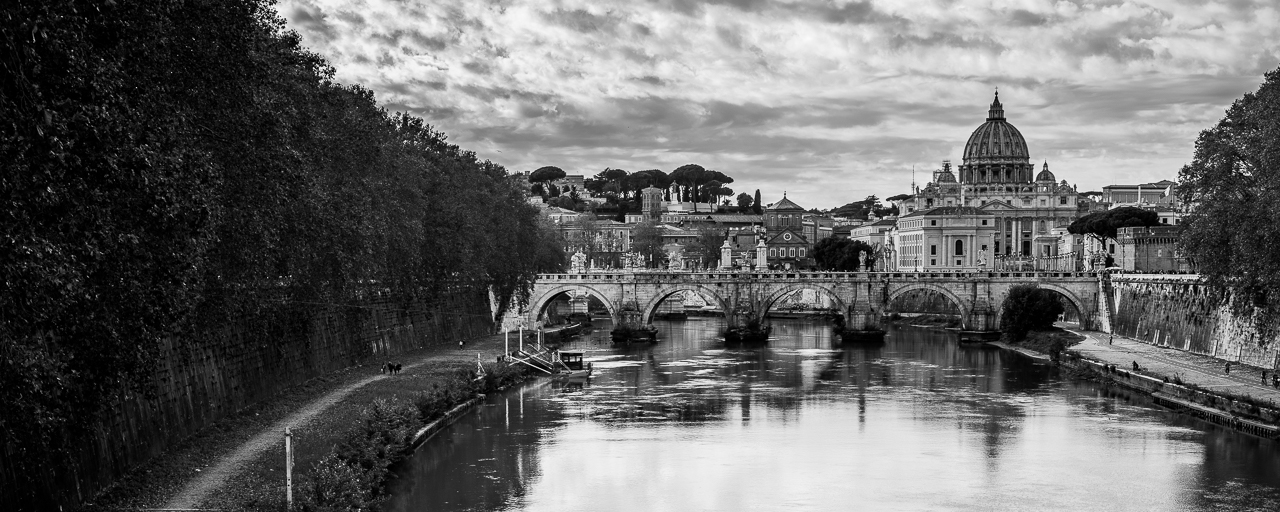Speaker
Description
Cosmic ray muons are created by high energy primary cosmic radiations, mostly made of protons when striking the Earth's atmosphere. Besides the common use of secondary cosmic rays in nuclear and elementary particle physics for detector testing and calibration and for the alignment of detectors in the very complex apparata used in this field, cosmic muons have also been considered since several decades as a powerful probe to many applications in physics and engineering fields. Muons are highly penetrating in matter and their average energy is sufficient to penetrate even hundreds meters of rock. Thanks to this peculiarity, cosmic muons are used for muography of volcanoes and for absorption radiography of possible hidden rooms inside large structures, such as Pyramids. Muon scattering is also used for the detection of high-Z illicit nuclear materials inside containers.
This contribution discusses the possibility to employ the Multigap Resistive Plate Chambers (MRPC) of the Extreme Energy Events (EEE) Project as muon tracking detectors to monitor the long-term stability of civil buildings and structures when used in conjunction with additional detectors. The high detection efficiency and the excellent tracking capabilities of the EEE MRPC chambers make them an optimal choice for such application. The performance of such setup is discussed and experimental results from first coincidence measurements obtained with one of the EEE telescopes operated in the same building with an additional scintillator detector, at about 15 m vertical distance from it, are presented. Simple Monte Carlo and GEANT simulations were also carried out to evaluate typical acceptance values for the operating conditions employed so far, to extrapolate to other geometrical configurations, and to evaluate multiple scattering effects.

